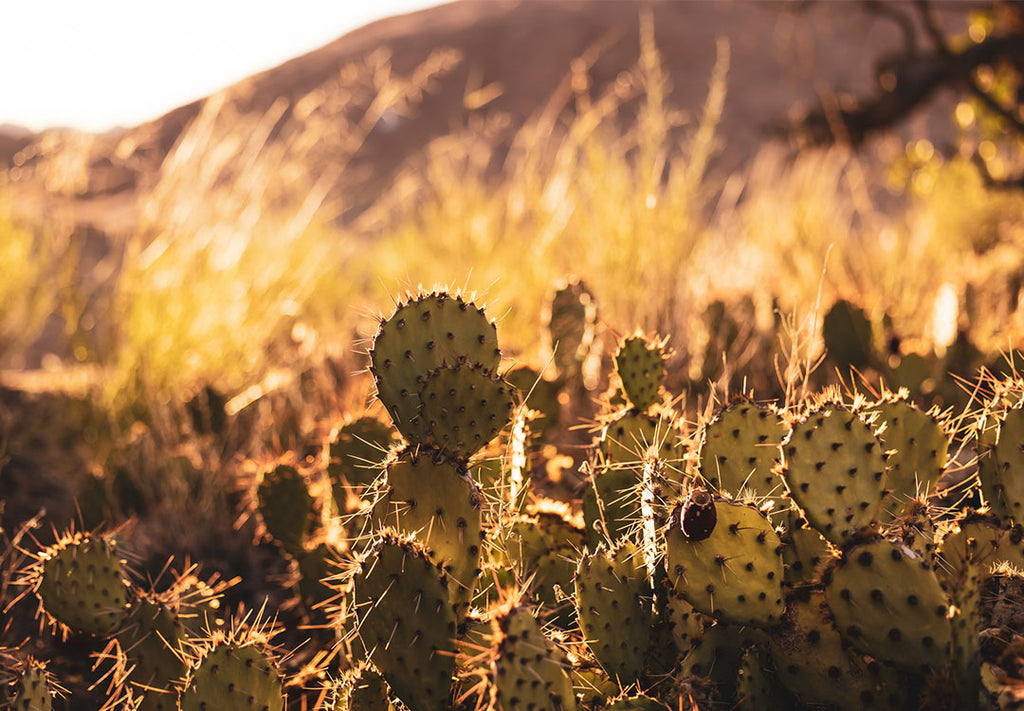The Most Important Mountain Bike Trail in the World?
Words: Evan Wishloff
Images: Stirl and Rae Media Haus
Although young compared to many sports, mountain biking has a rich, and at times controversial, history. Just ask someone where the sport originated....
If you’re Canadian, you might claim the sport came to be from the foggy shores of North Vancouver, in Deep Cove, British Columbia. However, the common consensus tends to fall upon mountain biking being born in Marin County, California in the 60s and 70s.
In reality, the 25th Infantry Bicycle Corps of the USA, in 1896, were probably the first true off-road cyclists. That is if you want to be a stickler for details...
 The 25 Bicycle Infantry Corps. Public Domain Image
The 25 Bicycle Infantry Corps. Public Domain Image
But this isn’t a story about the origins of mountain biking. This is a story about a locale - or more granularly, a single trail - that has made more of a stamp on the sport of mountain biking than anywhere else.

Sure, this is subjective, but there is no single locale - no single trail - as significant to the sport of mountain biking as Slickrock Trail in Moab, Utah.
It wasn’t long ago that you couldn’t open the pages of your favorite mountain bike magazine without being bombarded with photos from Moab. Slickrock trail was, after all, the very first cover photo for Mountain Bike Magazine’s premier issue in July of 1985.

Moab, or more specifically, Slickrock Trail, was THE destination for mountain bikers the world over. It was a testing ground for products and the ultimate backdrop for various photoshoots. And it enjoyed a long run in the limelight in mountain biking media.
Yet, more recently, it seems to be missing, or at the very least, far less prevalent in the lexicon of trending mountain bike culture. Open the latest issue of your favorite mountain bike magazine, or visit your favorite mountain bike website, and you’re unlikely to see many images from Slickrock. The trail has slowly faded into the background, replaced by epic alpine routes, flowy manicured jump lines, big berms, forested brown-pow trails, and all the other new-school types of riding we love.
 But something about this iconic trail sticks - and it’s not just your tires to the amazingly grippy sandstone.
But something about this iconic trail sticks - and it’s not just your tires to the amazingly grippy sandstone.
Following the white lines on this legendary trail is something any self-respecting mountain biker should do. Sure, the trail is older than many of you reading this article, but it’s timeless. It’s a coming-of-age trail that every rider needs to experience at least once.

Grades will spike; sometimes 20%, sometimes 30%, or, if our bike computer is to be trusted, even up to 45.7%! And thanks to the plentiful traction from the textured sandstone, you’ll be able to climb every one of them - that is if your legs and lungs allow it.
The downhills, equally as steep, are exhilarating, made even more so by the need to follow the painted white lines towards the next corner or steep drop. Losing sight of the lines could mean going off track, and that could mean catapulting off a cliff. Slickrock isn’t a place to lose focus.
 It’s steep. Abrupt. Jarring. Challenging. Unlike any of the modern, new-age mountain biking destinations. Yet, it’s still fun. Different. Unique. A ride unlike any other. A ride everybody needs to experience. A ride worth doing.
It’s steep. Abrupt. Jarring. Challenging. Unlike any of the modern, new-age mountain biking destinations. Yet, it’s still fun. Different. Unique. A ride unlike any other. A ride everybody needs to experience. A ride worth doing.
Your tires will take a beating, wearing down quickly on the rough rock surface. Your suspension will be tested - bottoming out in rut after rut, bump after bump. Your body will be sore - not only from the rough terrain, but also from the heinous gradients. But you’ll have a smile on your face the entire time.

So take a break from looking at those typical wet-coast (that’s not a typo) riding shots, and take in these photos from the quirky mountain biking mecca of Moab.























I was fortunate enough to ride the Slickrock trail back in the 1980s. Now 75, the last time I went, 2-3 years ago, it had not changed, but my nerve had weakened. Falls are worse in your 70s than 25-30 years ago. But I agree, it is a great place. The Shafer Road, near there, counts too, but not as much.
Leave a comment